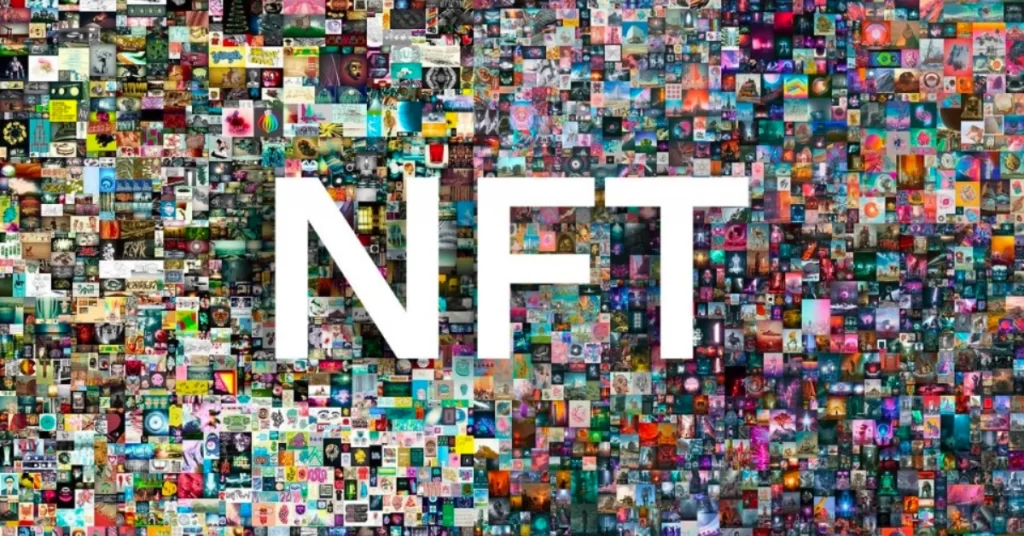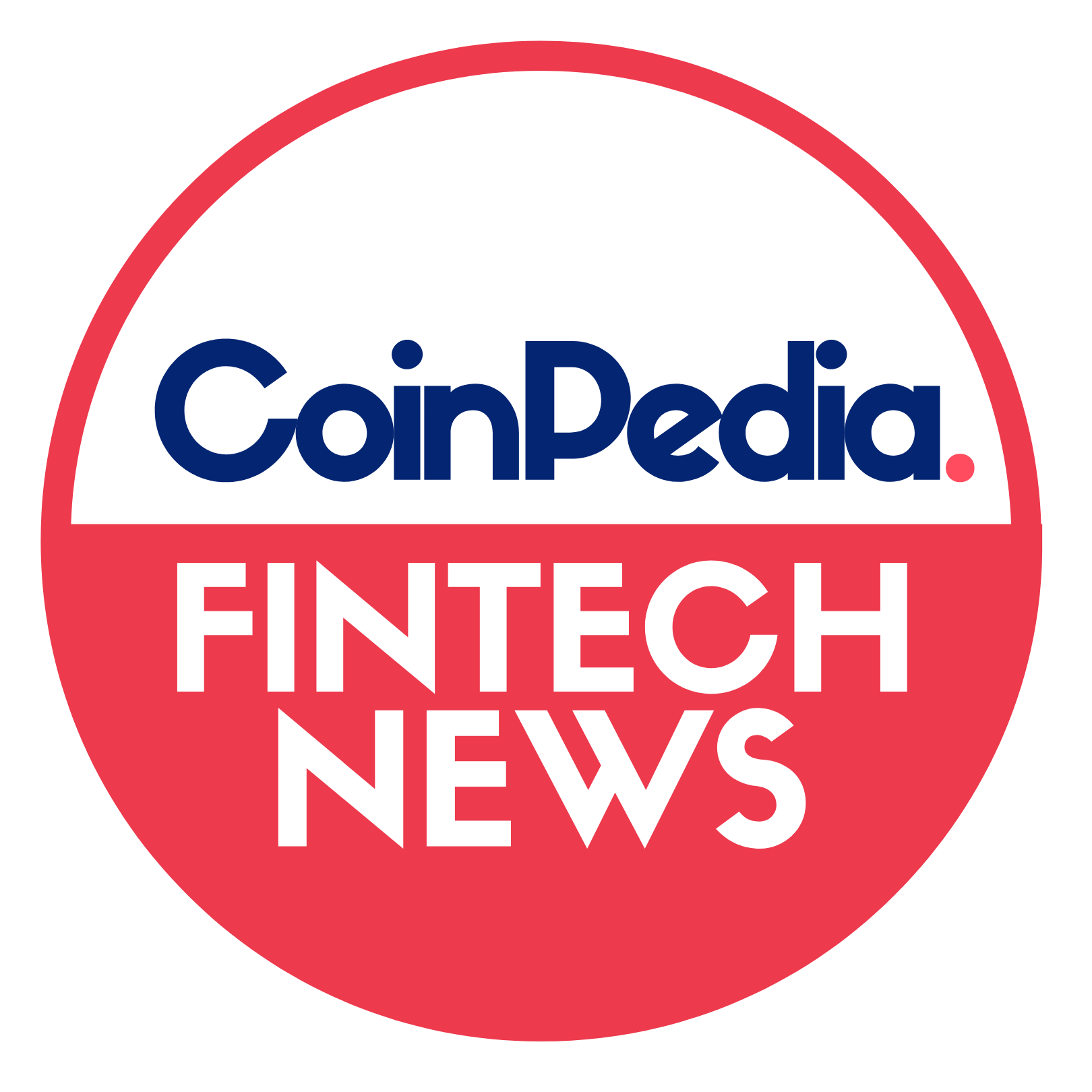Blockchain And NFTs In The Art Industry
0
0

The post Blockchain And NFTs In The Art Industry appeared first on Coinpedia Fintech News
NFT-art is also art, in which the idea, aesthetics, and value of the artwork are important. It is not enough to place a random image on the marketplace and set a price comparable to or even higher than the work of a famous artist, which is also embodied in reality. NFT opens up great opportunities for digital artists to sell their works, but at the same time, it blurs the notion of expertise as applied to the artist. Will NFT make it easier for artists to enter the art market and which marketplace is better?
What is NFT?
Now comes a very interesting period. Crypto-millionaires who used to shop for fun have seen that there is an art market. In April and May 2021, artists from the traditional agenda entered the NFT market and started making digital art. Behind them were “traditional” collectors. Thus an active environment emerged.
NFT is a non-exchangeable token that confirms ownership of a work of art, most often digital. The token itself is a blockchain entry, a kind of virtual “security” in the digital world, whose value is determined by its creator. To move a work of art to the blockchain, it must be “tokenized”. This can be done in two ways:
- Issue one token for one piece of artwork.
- Split the artwork into multiple tokens, allowing it to be sold for collective ownership.
If the artist is engaged in digital art and posts his works on Instagram, he has a sufficient number of followers and the art community is interested in his work. To sell the work he can go the traditional way – through a gallery (which will take a commission from the sale of your work), or you can independently “tokenize” the work on one of the crypto-marketplaces, set a price, and wait for a buyer.
What tokens relate to NFT:
- photos and pictures;
- musical works;
- collectible cards;
- digital paintings;
- luxury goods;
- domain names;
- texts;
- cut scenes from movies;
- videos and gifs;
- graphic design;
- ballet parts.
The purchaser of an NFT object receives a blockchain certificate, which is stored in a digital wallet and confirms ownership of the object. Information about this ownership and all its subsequent changes will be available to all participants in the system, openly and transparently. The work of art itself, be it animation, picture, or video, continues to live on the Internet in the public domain.
Areas of application of the tokens:
- Selling artwork – an online store that allows you to release, store and sell assets would be suitable;
- Real estate work – better to develop a NFT platform that can cooperate with databases and state registries, find the location of the participant;
- Training – platforms should offer a variety of programs to gain knowledge online and track performance;
- Investment – there is a need for a service similar to the stock market;
- Access keys – tokens are often used to gain access to content, events, programs, and databases;
- Video games – trading of characters or features is possible both inside the game and on external platforms with a secure exchange of fiat for the game asset.
Who verifies the copyright of work in the NFT?
When an artist transfers any rights to a work he or she has created, it’s called property rights. When he transfers the property rights to a work to a buyer, he usually spells out exactly what he’s reselling in the contract. In the NFT, you’re buying exactly the ability to resell the work. The other thing is that everyone has agreed amongst themselves that it’s art, and if it is, you can’t use it for commercial purposes.
It’s hard to judge the share of the gray market in art, but blockchain technology will make art transactions more transparent. For the artists themselves, keeping track of the further movement of works around the world will be a definite bonus (it is very hard for a mature artist to collect early works for a retrospective today, and blockchain will allow staying in contact with the last owner), and besides, NFT will be a revolutionary technology in the field of copyright royalties.
Artozo NFT Marketplace
Artozo NFT Marketplace is the best NFT platform that provides a full range of services related to NFT market needs – from creation and trading to advanced features including staking, advanced referral program, social art rating system, and Mystery Boxes. In summary, the NFT trading platform covers the three most important economic models in the NFT collection market:
- Trade and earn.
- Collect and earn.
- Invite.
The main feature of Artozo, which has no analogs on the market yet – is the referral system. In simple terms – you invite a friend to the platform, and you get % of all their transactions on the platform. In addition to that, the friends whom your friend will invite also become your partners, but already in the second line, from which you can also receive money, and so on up to the 10th line.
In addition to this, on this top NFT platform, all the standard features of the NFT art platform are available – don’t stop there, just log on to our Discord or the website and see for yourself. Referral rewards and the ability to bid on NFT will allow platform members to achieve exponential growth and increase user income.
With the help of Pavlo Kharmanskyi and the team of Artozo’s creators, it was possible to smooth the transition of a large number of users from Web2 to Web3.Thus, a special in-app cryptocurrency wallet has become one of the most important tools. In the Artozo marketplace, artists will benefit from a minting fee of up to $2, with no upfront or service fee requirements. Commissions are paid through Artozo’s native ARTZ token.
Conclusion
NFT objects can be a good investment, but for now, this market has just started to develop and needs both responsible authors and support from the community. The main thing is to correctly approach the evaluation of the token and platform on which you can sell the product.
There is a large NFT platform list that makes it easy for anyone to participate and benefit from the opportunities and digital assets, but Artozo compares favorably to them. This marketplace not only wants to be useful but also safe.
Disclaimer: This is a guest post. Coinpedia does not endorse or is responsible for any content, accuracy, quality, advertising, products, or other materials on this page. Readers should do their own research before taking any actions related to the company.
0
0



